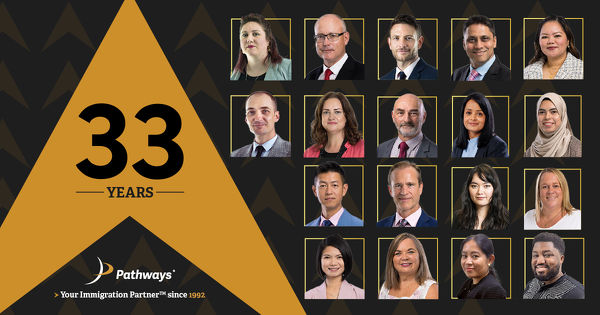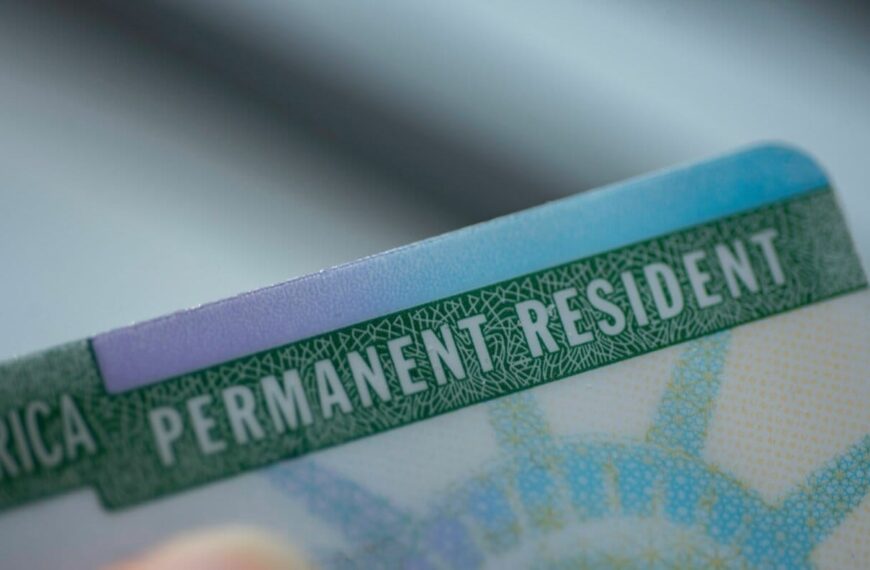Introduction to Immigration New Zealand’s Revamp
After a staggering 33 years of evolution, Immigration New Zealand (INZ) is finally taking significant steps to revamp its processes. The recent announcements indicate a shift towards more streamlined, efficient, and user-friendly immigration procedures. This overhaul comes in light of the many changes that have occurred in immigration policies, societal needs, and technological advancements over the past three decades.
Understanding the Changes in Immigration Processes
The decision to revamp INZ’s processes reflects a deep understanding of the challenges faced by immigrants and the evolving landscape of immigration itself. It aims to address long-standing inefficiencies and improve the overall experience for applicants. Here are some key areas that the changes focus on:
1. Enhanced Digital Services
One of the most notable changes involves the enhancement of digital services. As the world becomes increasingly digital, INZ recognizes the need to adapt. The new online platforms are designed to be more intuitive and user-friendly, allowing applicants to:
This shift towards digitalization not only streamlines the application process but also reduces the reliance on paper-based documentation, which has been a major bottleneck in the past.
2. Simplified Application Processes
The revamped processes also focus on simplifying the application procedures. INZ is committed to making the experience less daunting for applicants. This includes:
By simplifying these processes, INZ aims to create a more accessible immigration system that encourages skilled individuals to settle in New Zealand.
3. Improved Communication and Support
Effective communication is critical in the immigration process. The revamped INZ is placing significant emphasis on improving communication with applicants. This includes:
These improvements are designed to foster transparency and build trust between INZ and those navigating the immigration system.
The Broader Implications of the Revamp
The revamp of Immigration New Zealand’s processes is not just a matter of administrative efficiency; it has broader implications for the country’s economy and society. An effective immigration system plays a crucial role in attracting skilled workers and families, which in turn supports economic growth.
1. Economic Growth and Labor Market Needs
By streamlining immigration processes, New Zealand can better respond to labor market needs. The ability to attract skilled professionals quickly can help fill critical gaps in various sectors, such as healthcare, technology, and construction. This responsiveness can lead to enhanced productivity and innovation, ultimately benefiting the economy.
2. Enhancing New Zealand’s Global Reputation
A well-functioning immigration system also enhances New Zealand’s global reputation as a welcoming and progressive nation. As international competition for talent intensifies, presenting an efficient and fair immigration process can set New Zealand apart from other countries. This reputation can attract not only skilled migrants but also international students and investors.
3. Fostering Social Cohesion
Immigration is often a contentious issue, but a transparent and effective immigration process can help foster social cohesion. When immigrants feel supported and valued in their new country, it leads to stronger communities and cultural exchange. This diversity enriches the social fabric of New Zealand and promotes understanding among different cultural groups.
Challenges Ahead
While the revamp of INZ processes represents a significant step forward, challenges remain. The implementation of new systems requires substantial investment and training to ensure staff are equipped to handle the changes effectively. Additionally, ongoing feedback from applicants will be essential to identify further areas for improvement.
1. Training and Development for Staff
As INZ implements these changes, it will be critical to invest in training and development for staff. They will need to be well-versed in the new systems and processes to assist applicants effectively. This will involve:
2. Monitoring and Evaluation
Continuous monitoring and evaluation will be necessary to assess the effectiveness of the changes. INZ should establish metrics to measure:
This data will be vital for making informed decisions about future adjustments to the immigration system.
Conclusion
The revamp of Immigration New Zealand’s processes after 33 years of change is a landmark moment in the country’s approach to immigration. By enhancing digital services, simplifying application processes, and improving communication, INZ is setting a new standard for efficiency and accessibility.
As New Zealand continues to evolve and adapt to global trends, a streamlined immigration system will play a crucial role in attracting talented individuals and fostering economic growth. While challenges lie ahead, the commitment to create a more user-friendly immigration experience is a promising step toward building a more inclusive and prosperous New Zealand for all.










